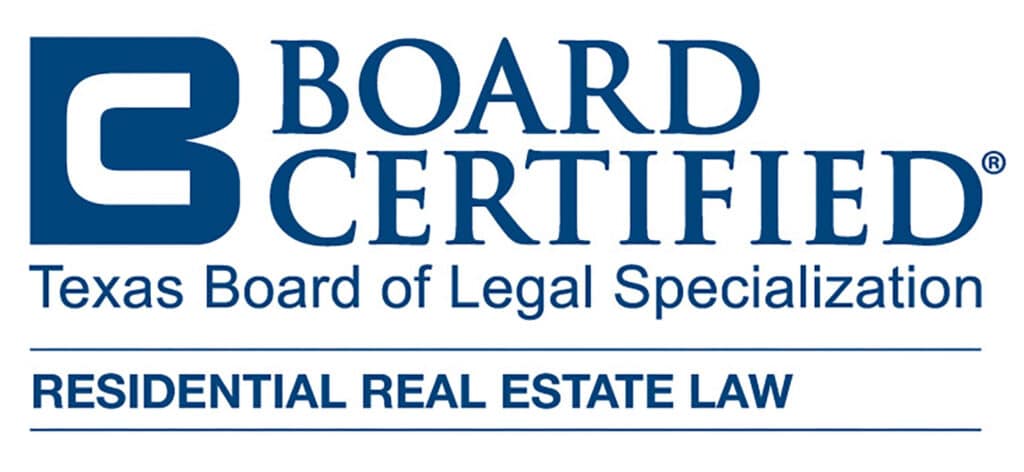Foreclosure is one of the most dreaded words for homeowners. The thought of losing your home to the bank can be terrifying. But what exactly happens when a property goes into foreclosure? Essentially, it is transferred from the homeowner to the mortgage lender – involuntarily. Let’s break this down and understand the key aspects of transfer of property by foreclosure of a mortgage loan.
What is Meant by Transfer of Property?
A transfer of property refers to the change of ownership from one party to another through legal means. There are two main types of property transfer:
-
Voluntary transfer – This occurs when the owner willingly transfers the title to another party. Common examples are sale, gift, will, etc.
-
Involuntary transfer – This takes place without consent of the owner Transfers due to foreclosure, eminent domain, tax sale, etc. fall under this category
In case of mortgage foreclosure, the transfer is involuntary as the homeowner does not willingly give up ownership.
Why Does Foreclosure Lead to Transfer of Property?
When you take out a mortgage loan to purchase real estate, the property acts as collateral for the loan. If you default on repaying the loan per the terms, the lender has the right to recover the unpaid dues by selling the mortgaged property. This process of the lender taking possession and selling the property to recover their money is known as foreclosure.
Since the property was put up as collateral by you, failure to repay the loan means the lender gets ownership of that asset. They are legally empowered to transfer the title from your name to themselves and sell it to someone else.
-
You voluntarily transferred ownership to yourself when you took the mortgage and bought the house.
-
By defaulting on loan repayment, you involuntarily have to sign over ownership rights back to the lender.
-
The lender then transfers title to new owner when they sell the foreclosed property.
Step-by-Step Process of Property Transfer in Foreclosure
The foreclosure process involves several steps before the actual property transfer takes place. These may vary slightly depending on whether it is judicial or non-judicial foreclosure.
1. Notice of Default
After initial missed payments, the lender sends a notice informing you of defaulting on the loan and giving an opportunity to become current on payments.
2. Foreclosure Initiated
If the default is not cured within the stipulated period, the lender initiates foreclosure by filing a lawsuit (judicial) or sending a notice of sale (non-judicial).
**3. Auction Sale **
The property is advertised and put up for auction after the legally mandated notice period. A public sale is scheduled.
4. Transfer of Title
If no one buys the property at auction, ownership transfers to the lender. If a buyer is found, the title transfers directly to them from you.
5. Eviction
After the property title is transferred, you as the former homeowner will be evicted from the premises. New owner takes possession.
What Legal Rights Does the Homeowner Have?
The foreclosure process can seem unilateral, with the lender holding all the cards. But homeowners do have certain legal rights even after defaulting on their mortgage loan repayment – up until the property sale actually happens.
-
Reinstatement: You can pay the total outstanding amount at any time during foreclosure proceedings and regular installments to reinstate the mortgage. This stops foreclosure.
-
Repayment plan: Work out new repayment terms with lender to avoid foreclosure.
-
Loan modification: Request the lender to modify the original home loan terms to make it more affordable and prevent repossession.
-
Short sale: Homeowner finds a buyer willing to pay market value which may be less than the loan balance. Lender agrees to accept a lower payoff amount and releases the lien so property can be sold.
-
Deed in lieu of foreclosure: You voluntarily transfer ownership to the lender instead of them repossessing it forcibly through foreclosure.
You have options to avoid involuntary transfer due to foreclosure if you act in time and negotiate properly. Don’t wait for the lender’s notice—be proactive.
What Are the Consequences of Foreclosure?
Losing your home through foreclosure has huge financial and credit implications:
-
Permanently ruins your credit score making it tough to qualify for future loans. Typically drops score by over 100 points.
-
Deficiency judgment is possible if sale proceeds don’t cover loan amount. Lender can sue you for the balance.
-
Legal fees, commissions, and costs associated with foreclosure proceedings may be levied.
-
Emotional trauma of having your home forcibly taken away.
-
Becomes part of public record and remains on credit history for 7 years.
-
May be taxed on any debt forgiven by lender as income.
While foreclosure leads to involuntary transfer of property, it must always be the last resort after exhausting all other options. Act swiftly after default, negotiate with lender, and be aware of your legal rights. Handing over the keys to your home willingly is better than having them forcibly seized from you!

What is Deed in Lieu of Foreclosure
A Deed in Lieu of Foreclosure is a complex document and should be prepared by a lawyer. This is a formal legal document used to surrender real estate property from the Buyer back to the Lender or Seller.
A copy of the Promissory Note and Deed of Trust which was signed by the Borrower and which is being canceled will both need to be described in the Deed in Lieu of Foreclosure.
By signing the Deed in Lieu of Foreclosure, the Borrower is legally transferring title to the property back to the Lender in exchange for the cancelation of the unpaid balance owed on the Promissory Note secured by the property.
By accepting the Deed in Lieu of Foreclosure, the Lender is legally accepting the property as payment in full of the unpaid balance due on the promissory note.
Deed in lieu of foreclosure
If the person you sold property to on an owner finance loan no longer wants the property or can no longer pay for the property, a Deed in Lieu of Foreclosure may be a good option to take the property back and cancel the loan.
If you have a secured real estate loan, and the person who owes you the money does not pay the loan, you may need to foreclose your lien by selling the property at public auction. The money received at the auction is applied to the loan.
A foreclosure can be expensive and could result in a lawsuit or bankruptcy.
Good to know: An option to a public auction foreclosure is a Deed in Lieu of Foreclosure. The borrower simply transfers the property back to the lender and the lender cancels the debt. This is sometimes referred to as a “friendly foreclosure” or a “voluntary repossession.” It can avoid lawsuits and bankruptcy.


Basically, the borrower simply gives the property back. The borrower signs a Deed in Lieu of Foreclosure, gives you the keys and moves out.
On the other hand, if you owe money to a friend, family member, or a private lender, you may be able to transfer the property back to the lender and cancel the debt using a Deed in Lieu of Foreclosure.
But all parties, Lender and Borrower must agree. The lender must agree to accept the property AND the borrower must agree to transfer the property, return the keys, and vacate the property.
Without this mutual agreement, there can be no valid Deed in Lieu of Foreclosure. A Borrower cannot simply mail the mortgage company a Deed in Lieu of Foreclosure and expect the loan to be canceled.
A Borrower may purchase a Deed in Lieu of Foreclosure, sign it and mail it, but the mortgage company has the right to refuse to accept the deed and continue with the foreclosure and eviction process. It is a waste of money for a Borrower to pay for a Deed in Lieu of Foreclosure without first getting the Lender’s written permission.
Good to know: Private lenders may prefer a Deed in Lieu of Foreclosure because they get the property back quickly without risk of being sued or having the borrower file bankruptcy. In this case, the Borrower should let the Lender prepare and pay for the Deed in Lieu of Foreclosure.
Borrowers usually prefer to use a Deed in Lieu. It may keep the loan default off of their credit reports and it may prevent an eviction. The Borrower and Lender can simply agree on an orderly move out of the property.
Good to know: Sometimes the parties may agree to convert the loan to a rental agreement. The Borrower transfers the property back to the Lender and then rents it from the Lender.

The term “Deed in Lieu” is just a shorter way of saying Deed in Lieu of Foreclosure. Homeowners agree to sign a deed in lieu to avoid foreclosure. When a seller accepts this deed, the homeowner is no longer obligated to repay the mortgage.
Understanding The Foreclosure Process and Timeline
FAQ
What is a property that has been foreclosed by a lender called?
What type of foreclosure allows a property to be sold?
What are the borrower’s rights after a mortgage foreclosure referred to as rights of?
What kind of deed does the mortgagor receive in a foreclosure sale?
What is a ‘foreclosure’ on a mortgage?
“Foreclosure” is the legal process that allows a lender, or the subsequent loan owner, to sell your home to satisfy a mortgage debt. Why Trust Us? Fact-Checked A “foreclosure” is the forced sale of a property due to non-payment of a loan.
Does a deed of transfer effect a mortgage?
When a property is transferred, the mortgage on the property remains in place and the new owner takes over the mortgage payments.However, if the new owner is unable to make the mortgage payments, the lender
What is transfer of mortgage?
Transfer of mortgage is a transaction where either the borrower or lender assigns an existing mortgage (a loan to purchase a property—usually a residential one—using the property as collateral) from the current holder to another person or entity.
Can a mortgage be transferred?
Homeowners who are unable to keep current on their mortgage payments may seek a transfer so that they do not default and go into foreclosure. However, not every mortgage is transferable. Here’s how a transfer of mortgage works, and how to tell if your mortgage allows this strategy.
